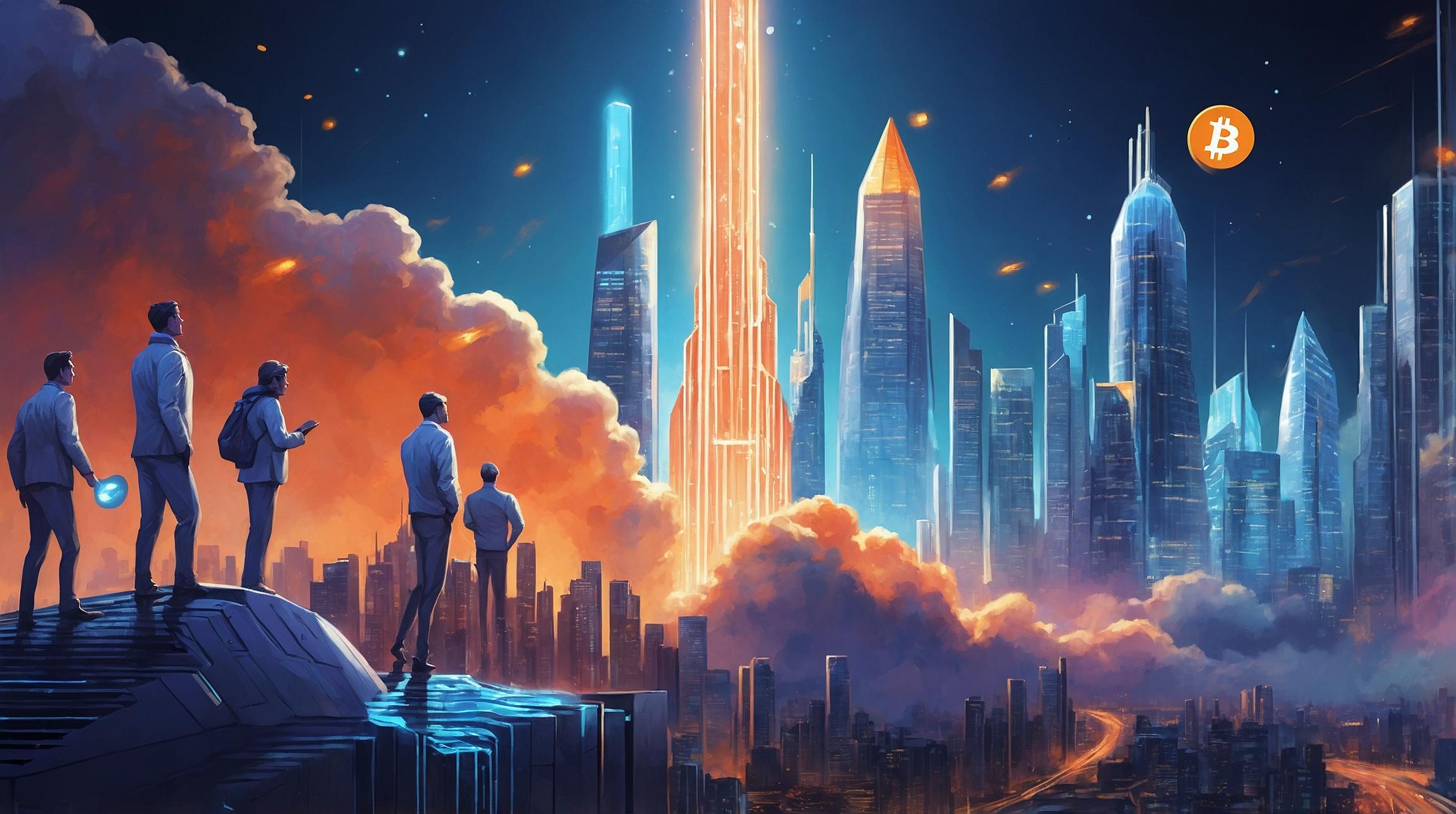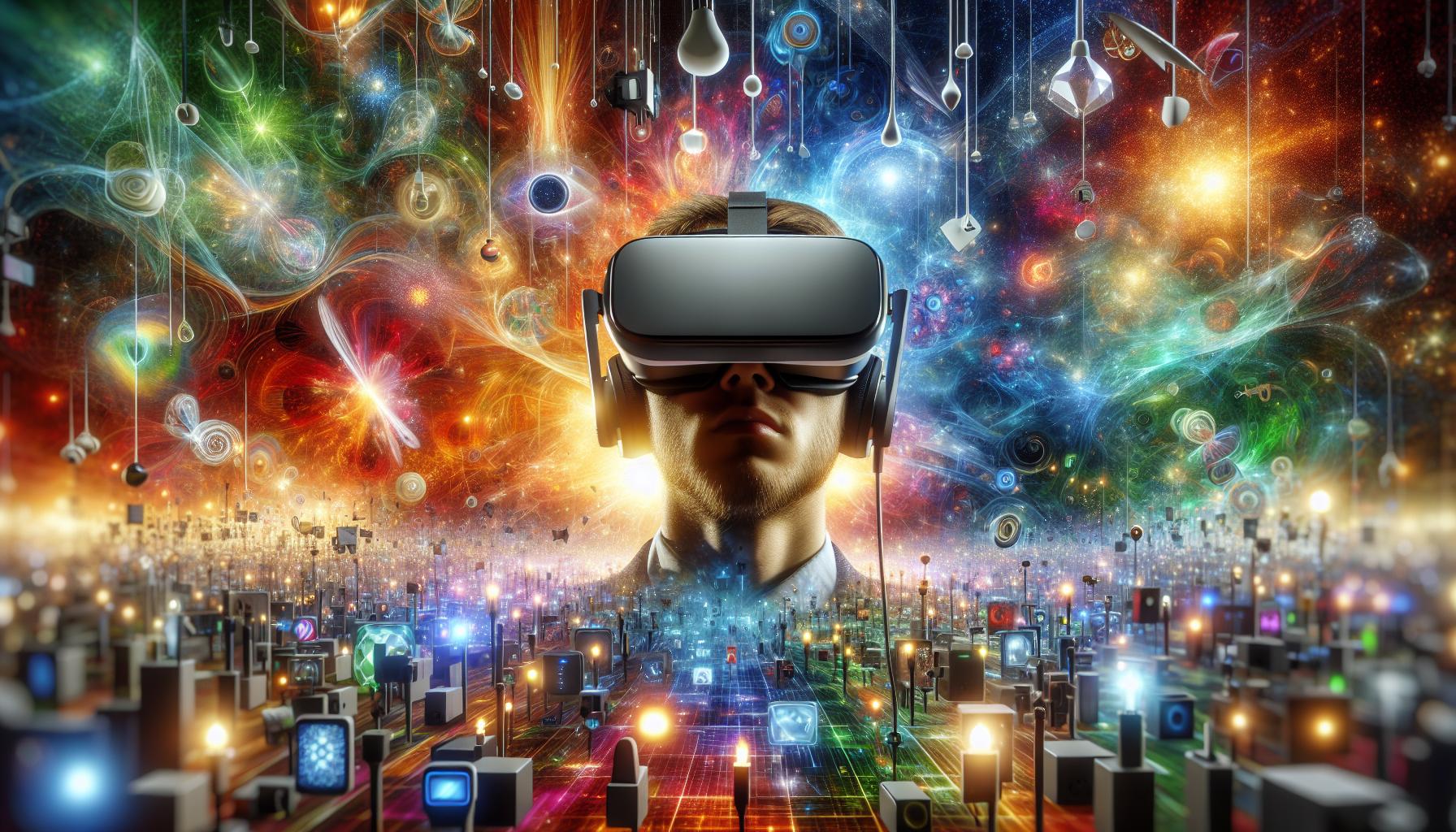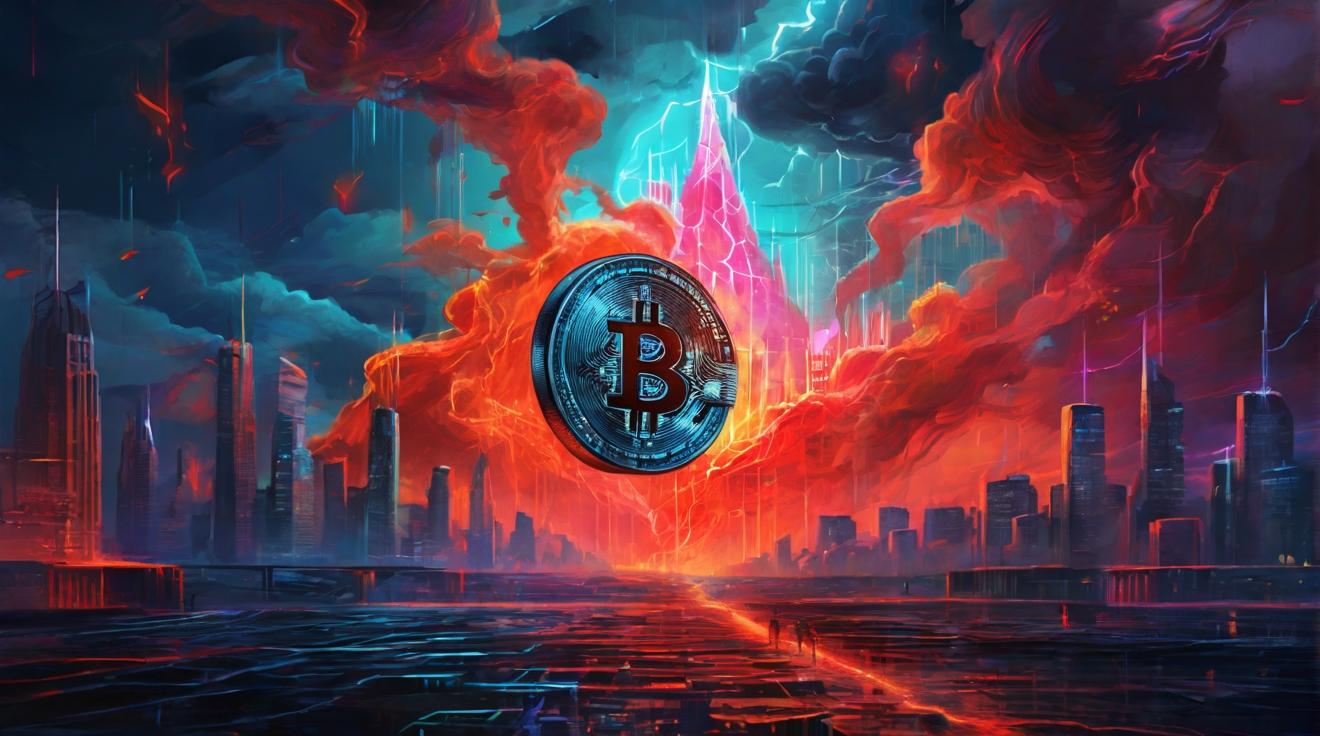Tokenization of Real-World Assets in the Gaming Industry
A growing trend in the blockchain world is the tokenization of real-world assets (RWAs) and the replication of their values on the blockchain. While industries like real estate and fine art have already shown interest in this concept, a new player is emerging: the gaming industry. With the global gaming business set to reach $250 billion in 2022, there is a desire for a more equitable system in this lucrative industry. Tokenization could lead to increased accessibility, liquidity, and transparency for gamers.
The Current Market for Virtual Goods and the Need for Ownership
The market for virtual goods in the gaming industry is currently controlled by game producers, who enjoy enormous profits from their monopoly. However, players do not actually own the assets they buy, such as in-game skins, despite paying real money for them. This lack of ownership creates a situation where gamers could potentially lose their digital assets at any moment. As the popularity of non-fungible tokens (NFTs) grows, gamers are demanding a more fair market and actual ownership of their in-game assets.
MetaZero: Liberating the Gaming Industry from Monopoly
One project that aims to address the ownership issue in the gaming industry is MetaZero. The team behind MetaZero is developing a platform for tokenizing gaming assets and taking a giant leap forward in the direction of player ownership and freedom. By allowing players to tokenize their own assets, MetaZero seeks to liberate the gaming industry from long-established monopolies on asset trade, investment, and speculation. Their goal is to create a more open and fair market for gamers.
Vortex: Tokenizing Gaming Assets with MetaZero
MetaZero’s platform includes a component called Vortex, which allows asset owners to tokenize their assets. This process involves authenticating the owner, locking the original asset in a vault, and then receiving an ONFT (off-chain NFT) that is a digital representation of the original asset with the same value. Through Vortex, MetaZero removes the ownership barrier and gives players true ownership of their in-game assets.
Maximizing Liquidity Opportunities with MetaZero
In addition to tokenizing assets, MetaZero offers users maximum liquidity opportunities through LayerZero’s omnichain technology. This allows players to tokenize their assets onto the blockchain of their choice, providing them with increased liquidity and trading opportunities. As MetaZero’s first wave of digital assets, the Genesis Collection, hits the market, players can leverage this technology to unlock the value of their assets.
The Future of Tokenization in the Gaming Industry
As the gaming industry continues to grow and the popularity of tokenization increases, projects like MetaZero and other initiatives in this space should be closely watched. The potential for expanding the digital asset market is significant, as evidenced by the six-figure sums that CS2 assets can be traded for. As more players seek fair ownership and freedom in the gaming industry, the development of decentralized platforms like MetaZero could revolutionize the way gamers buy, sell, and value their in-game assets.
Analyst comment
Positive news: The tokenization of real-world assets in the gaming industry, led by MetaZero, aims to address the lack of ownership and monopolies in the market. This can lead to increased accessibility, liquidity, and transparency for gamers. MetaZero’s platform, including Vortex and LayerZero’s omnichain technology, allows players to tokenize their assets and maximize liquidity opportunities. The future of tokenization in the gaming industry looks promising, with potential for the expansion of the digital asset market and revolutionizing the way gamers buy and sell their in-game assets.













